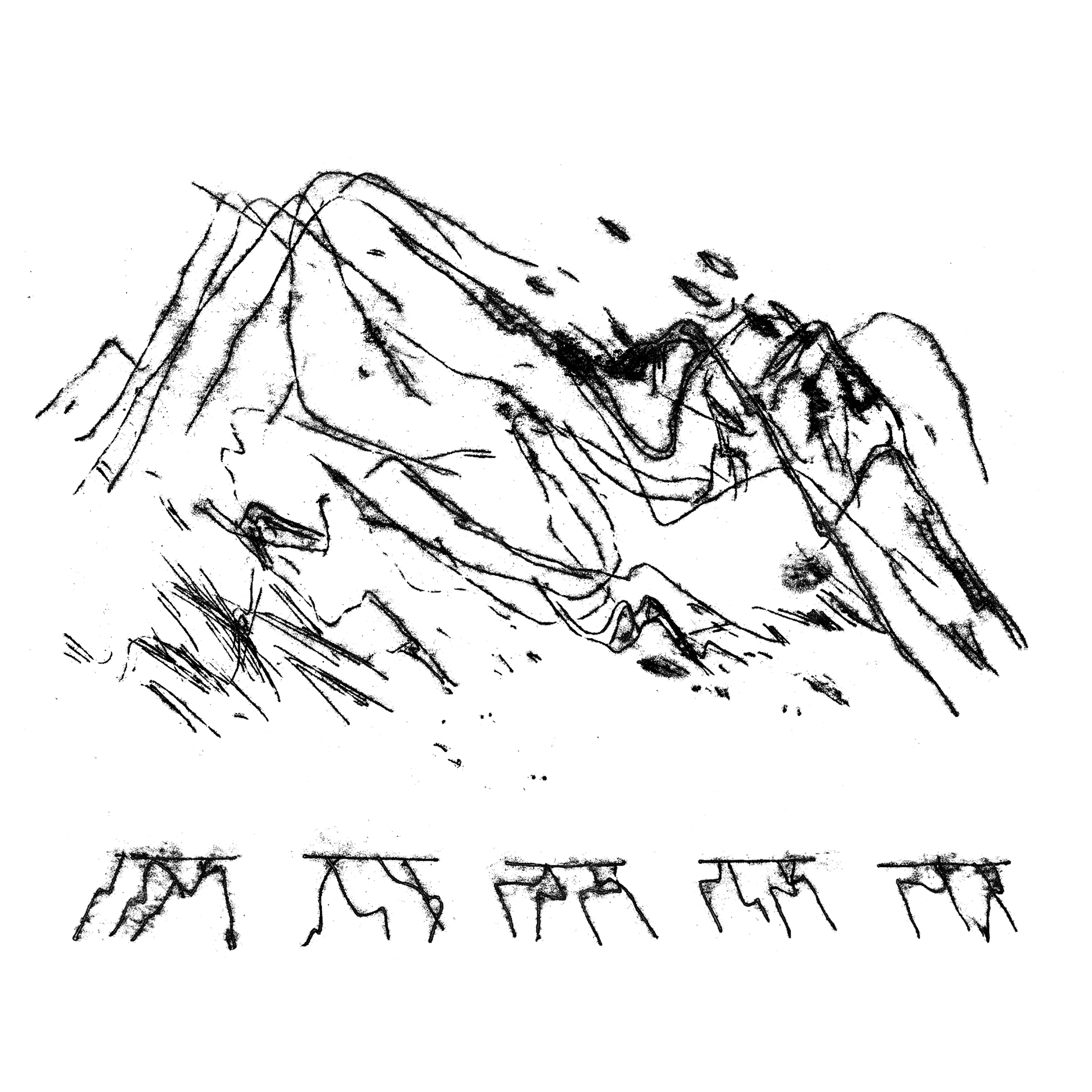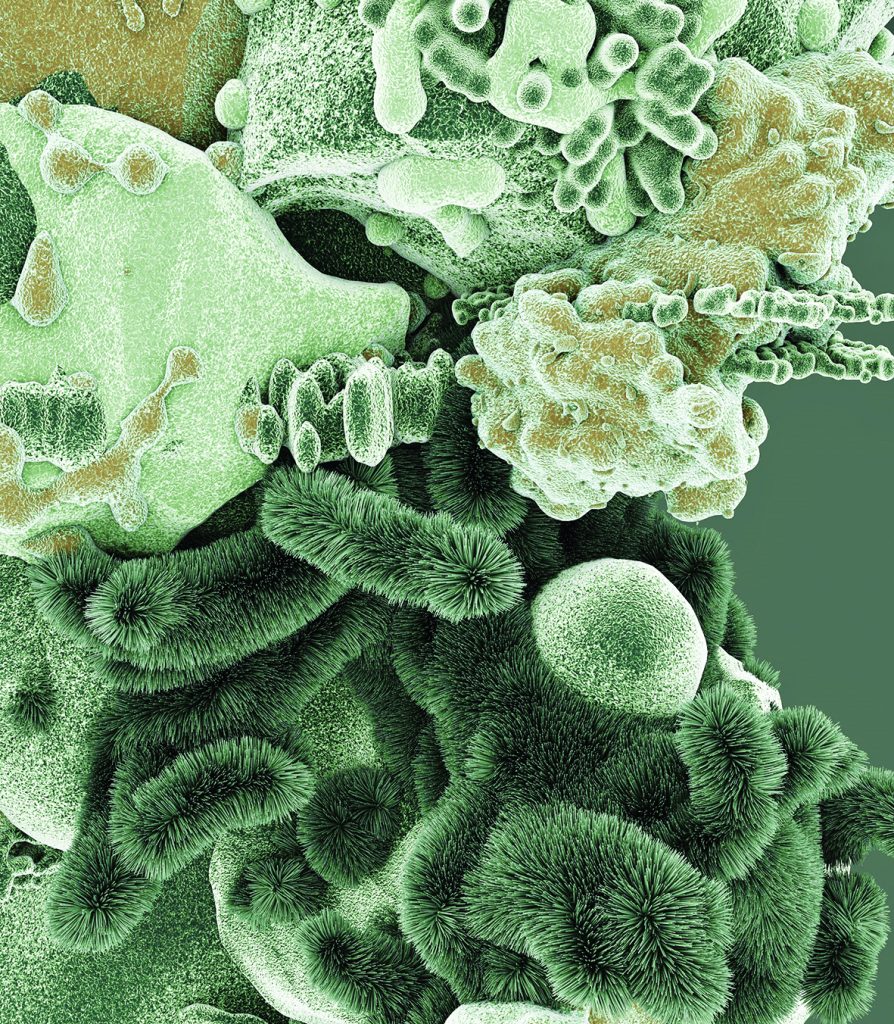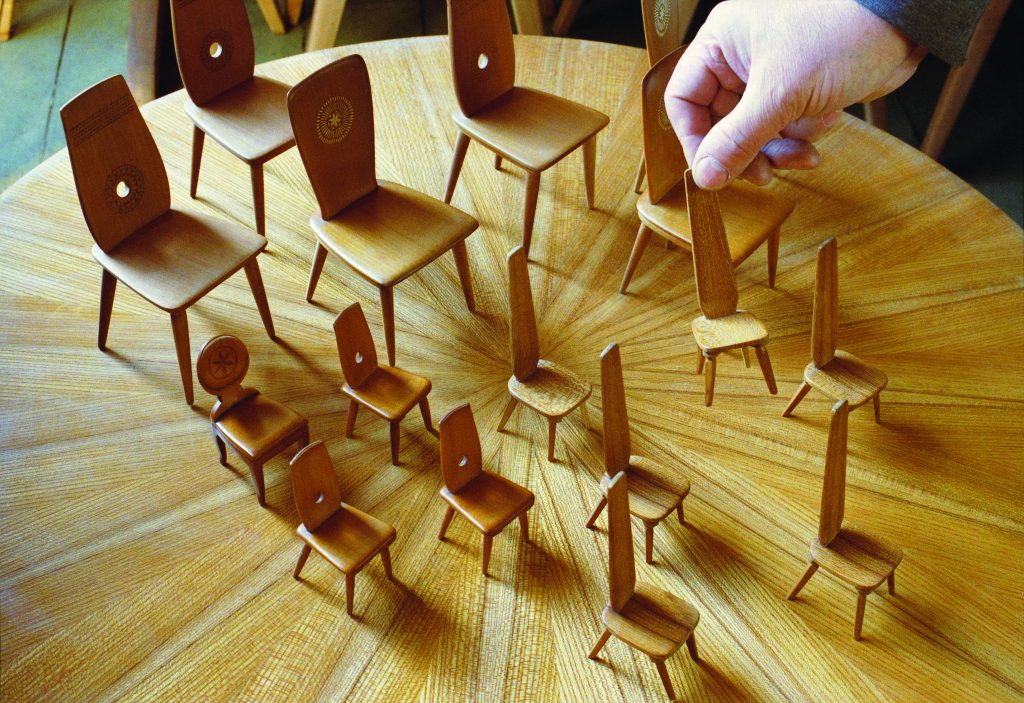For Potato Peel

Right now, I am going over screenshots of benches, zoomed in and cropped from photographs taken by real estate agents and the relatives or owners of homes that are up for sale. I try to sort out, at least visually, the benches found in kitchens, main entrances, thresholds of hallways, greenhouses and prechambers of saunas. Unknowingly tracing some likeness back to the household members of the legged structures, usually with four legs or two panels at either end and no backrest. They are idling, quietly awaiting labour, a feeling that permeates the boundaries of time. Benches here are simply tools and crutches built to paint the ceilings, kindle fire, wipe the noses of children, and peel potatoes. They accompany the household and are as energetic, stubborn and capricious as mules, lambs and baby goats. They were destined to have limp legs. Their hip joints are already slightly twisted.
I sit down and summon myself for a conversation about what I do with pleasure. Attempts to describe it lurch, uncontrollably. I cannot reach a satisfying aesthetic simplicity for any of these interpretations. So, when I observe my behaviour towards materials, I behave as a decomposer and transformer, because I don’t see anything in life in a sort of blank page way. I love to scrape and grind, and I like ambiguity. I tried to recreate and rebuild, not just mimic the benches I saw on real estate portals, from the houses they were used in. And step by step I built and hammered legs into planks and offcuts, materialising my internal topologies of stepping and sitting surfaces. I approach this structure as a carrier, a point of exchange, a haven, shelving actions. Of course, finding myself in such a workflow, stretching almost hysterically from the joy of learning to clumsiness, I became interested in noticing how we ‘scratch brackets’ on processes that are so long. How do I know this is happening? And how I think and trick myself, and how that sooner or later fails to satisfy. Taking a cue from the mathematician and philosopher Alfred Whitehead, the advance of civilisation is better indicated by the amount of important operations performed without thinking about them, rather than the laborious intellectual scrutiny. I want to consider that remark on positivist, progressive, egalitarian and processual planes. The things we know are partial. It takes a lot of time, or in some cases courage, to sit with it personally, artistically and begin to see this more as an opportunity.
Thinking about the chain of production I returned to F.A. Hayek’s The Use of Knowledge in Society¹ . Manufacturing and logistics are so tense in a fatigued pandemic market, that we ultimately seek decentralised ways of optimising and dispensing materials without needing to tell others what to do about it. As coupling and decoupling members of contemporary communities we genuinely expect some of the non-interference guarantees, as we personally have stakes, hopes and commitments to these economic clusters that we want to see succeed. So, the inefficiency of economic order that we deal with is not that it is irrational. The premise and set up of it is entirely rational, but the knowledge of resources and utilities is fragmented and scattered. That also results in ineclipsable partiality and contradictoriness. And as we go on talking about procurements, clear cuttings, subsidies, and the shredding of misplaced mountain pines, we talk about planning, and we talk about commons, we talk about living together. In Neringa, for example, the pines were like tall felted fences, acclimated sandstoppers, postal road guards that later became the cultural imprint of a coastal forest.
Architect and activist Yasmeen Lari, who worked for decades on disaster relief and housing projects for poverty stricken Pakistani villages, accentuated the financial feasibility and physical comfort of vernacular architecture. Her principles closely tie skills with the reinvigoration of the general financial status by making, selling and buying for themselves, rather than being invested in the globalist ideal of production for urbanites and the wealthy. Something similar is highly noticeable in the language used around Lithuanian troba (a traditional wooden house). The building’s perimeter is called vainikas – a garland. The voids and entrances are not regarded as cut-outs or holes. It’s the same with weaving, or basketry – these apertures are not something opposite or outside of the process. On the contrary, they are the process.
The term ‘scientific knowledge’ has a blind spot and a distaste for the knowledge of people, local resourcefulness and connections, which Hayek exaltedly describes as ‘special knowledge of circumstances of the fleeting moment not known to others’. The fascination with the grandness of things and a global cultural focus denies or avoids admitting how much of the local potential, and ultimately different needs, is omitted. This silent narrative of things that are small, liquid and quick to be put in secondary markets or uses, means that a lot of comfort, appreciation, dexterity and elegance gets overlooked and replaced with generic, industrial, uniform objects, as an extremely obvious example of the ‘Airbnbification’ of interiors, which grant seamless travel or even a home from home experience.
Then we return to the point that in a household, or in close proximity, ‘produced’ objects contain a fraction of specificity and robustness against globality. The surfaces retain high sensibilities: roughness, soundproofing, the modular partitioning of spaces. At the same time, we see how various planes of different aesthetics, affections and attachments spring out of this, and we compare and rant about it. Handmade, local, socioculturally integral or also in the broadest (even tackiest if you want) sense homemade objects are pressured to be both worthless and extremely precious. But they are calendars, hard drives – not made or comprehended in terms of efficiency – because in things, in matter, these transformations of attention, work and care rephrase themselves with each sitting.
This text is dedicated to my first bench and was a starting point for an upcoming body of work. The comparative study yet to be bound is looking into the overlapping of craftsmanship and design as resilient artistic practices. The figure and structure of a bench becomes a metaphor to look into quotidian necessities, decorum, and the relationships between these value points in different regions.
Monika Janulevičiūtė, is a Lithuanian designer and artist. Her practice is focused on local and leftover resources, learning structures, adaptations and co-developments between selfdefined or regional communities. This process goes tightly together with the writing, drafting and prototyping of objects; posing a range of questions on affordability and value between design and art. In 2021, Monika was a resident of the Neringa Forest Architecture programme at Nida Art Colony (NAC) of Vilnius Academy of Arts.
- Friedrich A. Hayek, ‘The Use of Knowledge in Society’, American Economic Review, XXXV, No. 4, September 1945, https://www.econlib.org/library/Essays/hykKnw.html accessed 19 May 2021.






